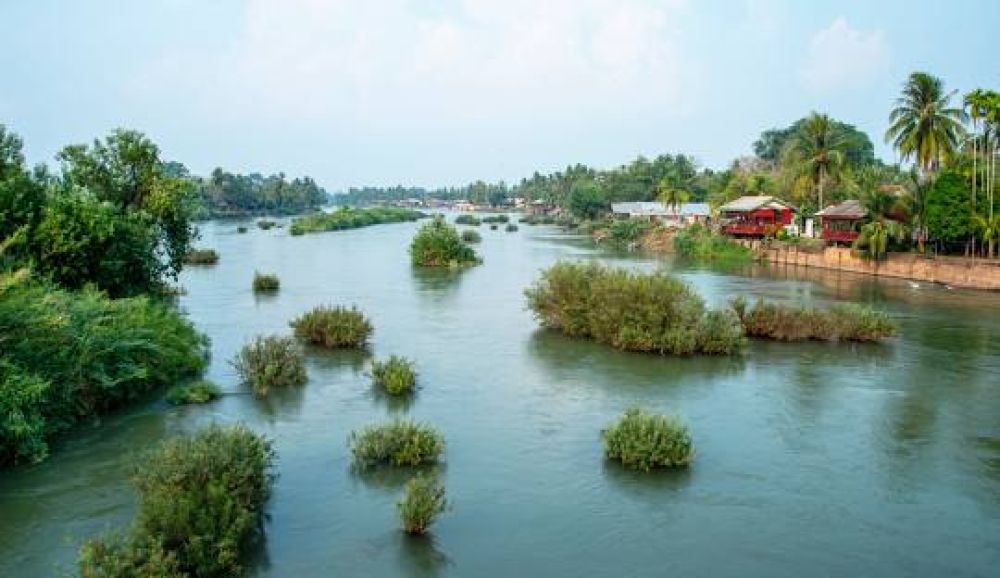

The enchanting region of Si Phan Don, also known as the "4000 Islands," along with the city of Pakse in southern Laos, has a rich and evolving history of tourism that dates back several decades. This tranquil part of Laos, nestled at the confluence of the Mekong and the Xe Don rivers, has grown from a virtually unknown retreat to a must-visit destination for travelers seeking a blend of adventure and serenity.
Tourism in the area began modestly. For years, the region's primary visitors were intrepid backpackers and those on spiritual journeys, drawn to the area's natural beauty and the ancient Vat Phou—a Khmer Hindu temple complex near Pakse that has been recognized as a UNESCO World Heritage Site. It wasn't until the late 20th century, with the slow opening of Laos to international visitors, that Si Phan Don and Pakse began to appear on the global tourism map.
In the 1990s and early 2000s, Laos invested in its tourism infrastructure, recognizing the potential of its cultural and natural resources. In Pakse, the construction of the Pakse International Airport facilitated easier access to the region, while improvements in road networks allowed for smoother travel for visitors seeking out the idyllic life on the Mekong River islands in Si Phan Don.
Given its maze of rivers and abundant wildlife, Si Phan Don has emerged as an ecotourism hotspot. Activities such as dolphin watching, cycling, and kayaking provide visitors with an immersive experience in nature, while the community-based tourism initiatives allow for meaningful cultural exchanges between locals and travelers. Si Phan Don's reputation as a pristine haven has attracted tourists who are conscious of their environmental footprint and who endeavor to support responsible travel practices.
In recent years, tourism in Si Phan Don and Pakse has seen a shift towards boutique and luxury accommodations, with a selection of resorts and guesthouses that aim to provide comfort without sacrificing the area's rustic charm. Visitors can now choose from a range of options, from traditional homestays to upscale hotels.
Adventure tourism has also taken off, with Si Phan Don offering opportunities for rock climbing, off-road motorbiking, and even zip-lining. Meanwhile, the slow-life allure of the islands remains with opportunities to relax in hammocks, enjoy the local cuisine, and observe the timeless rituals of daily life along the Mekong.
Despite the increasing numbers of visitors, Si Phan Don and Pakse continue to maintain their serene atmosphere and cultural authenticity. Nonetheless, there is a concerted effort by both governmental and non-governmental organizations to ensure sustainable tourism practices that preserve the environment and enrich the local communities.
Moving forward, Si Phan Don and Pakse are poised to grow in a manner that fosters a balance between economic development and ecological conservation. For those who venture to this serene region, the intertwining of historical relevance, cultural riches, and the tranquil beauty of the Mekong promises an enduring appeal.